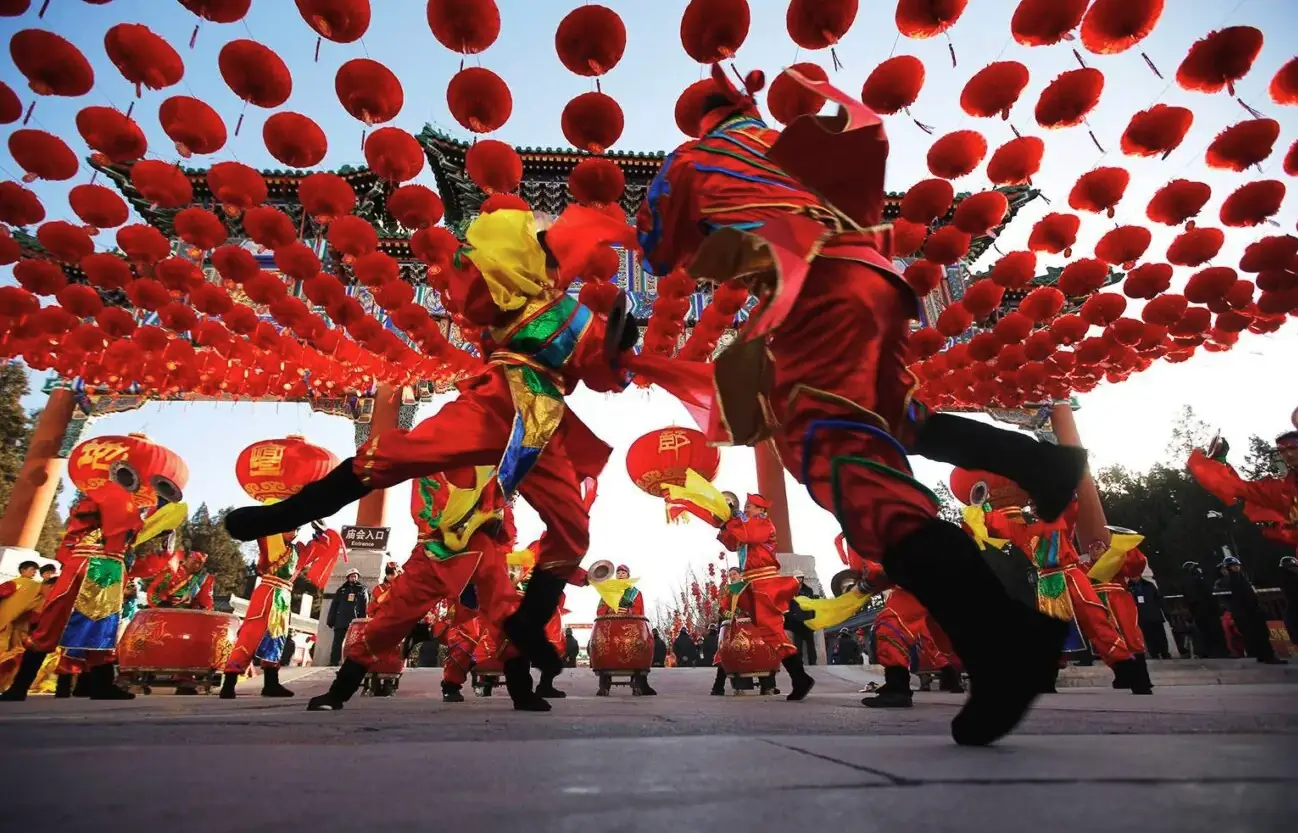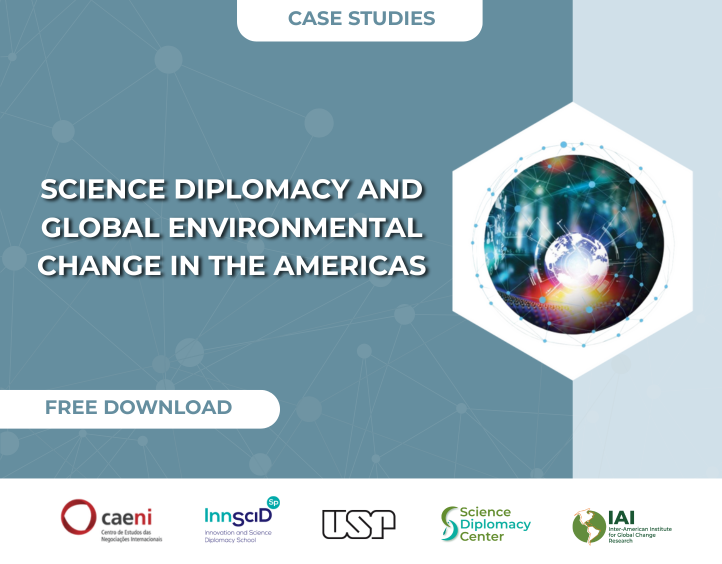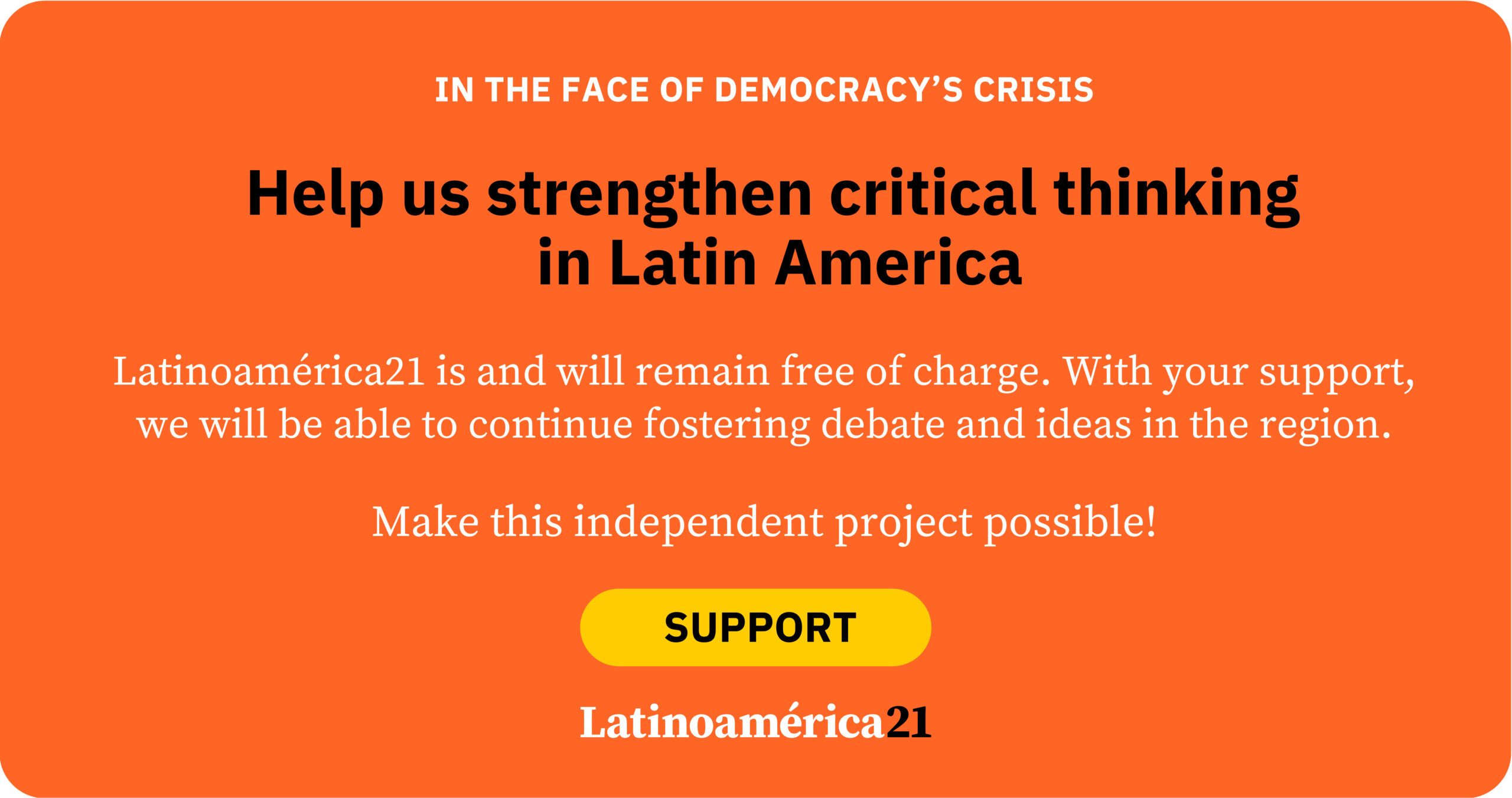In 1874, senior Qing dynasty official Li Hongzhang warned of a “great transformation not seen in a thousand years,” referring to the disparity between China and the West and a grave survival crisis. Today, the international order and balance of power are rapidly evolving, placing the world at the brink of a transformation unprecedented in a century. The rise of emerging countries often triggers alert, skepticism, and even hostility from neighboring or dominant powers. In China’s case, its uniqueness in values, ideology, and institutional model has generated dissonance with external perceptions, intensifying discursive challenges tied to threat narratives. Shifts in the distribution of global power raise key questions about how states redefine their role in international governance. Emerging powers face not only material challenges but also symbolic ones: how can they narrate their rise without provoking alarm or misunderstanding? The cultural dimension of power plays a central role in legitimizing their place in the global order.
Since its introduction in China in the 1990s, the theory of soft power has been reinterpreted by Chinese academia by integrating traditional cultural philosophy with contemporary theories of power, resulting in a unique conceptual framework adapted to the local context: “cultural soft power.” According to offensive realism, the anarchy of the international system leads to security dilemmas and zero-sum games, which would frame China’s rise as a hegemonic struggle. However, since China proposed its “peaceful development path” in 2004, its trajectory has challenged the liberal narrative of development, going beyond the Western explanatory framework. Starting in 2017, with the advent of a “new era,” the primary social contradiction has been redefined as the tension between the growing demand for a better life—especially culturally—and still unbalanced and insufficient development. Cultural soft power has become fully integrated into the country’s strategy of “peaceful and civilizational rise.”
Despite the rapid growth of China’s hard power capabilities, its soft power has yet to match its international status, and the cultural foundation of its rise remains unsolidified. Some Chinese scholars argue that the country’s rise should not be understood solely as an economic or geopolitical phenomenon but as the revitalization of a civilization with its own trajectory. The concept of the “civilizational state,” formulated by Zhang Weiwei, has shaped the fundamental logic of both China’s model and discourse. According to this view, China is not only a modern sovereign state but also a civilization that coexists with others, such as Western Christian or Islamic civilizations. This notion points to a development model distinct from Western liberalism, based on local values, institutions, and traditions.
By challenging the Western metanarrative of the nation-state, China proposes an alternative form of modern state-building, arguing that so-called “universal values” lack true universality, and that each country must define its own path based on its historical and cultural conditions. In 2022, the 20th National Congress of the Communist Party of China incorporated concepts such as “diversity of civilizations” and “Chinese-style modernization” into its national strategy. This marked the beginning of the institutionalization of its civilizational narrative.
The continuity of a great power’s rise and its international role largely depend on the values underpinning its development process. In this sense, nationalism alone is no longer sufficient to support China’s development. Since the Opium Wars, China has shifted from a nationalist orientation to a more cosmopolitan vision, incorporating key notions from Hehe (和合) culture, such as Tianxia (天下, “all under heaven”), Datong (大同, “great harmony”), and harmonious coexistence. This vision promotes a cooperative globalism with mutual benefit, without abandoning its traditions.
The concept of a Community of Shared Future for Mankind represents a contemporary expression of Hehe culture. It integrates a Tianxia worldview, a notion of harmony in diversity, a vision of balance between justice and interest, and an idea of unity between heaven and humanity. All of this constitutes a Chinese proposal for global governance. The Belt and Road Initiative is a practical crystallization of both Hehe culture and the concept of a community of shared destiny.
As Joseph Nye noted, in the information age, global competition revolves around “who tells better stories.” The cultural industry, as a channel for creating, narrating, and disseminating stories, is a key pillar in building shared values. In recent years, China’s digital cultural industry has expanded its international presence through new narrative actors, disseminating values such as harmony and coexistence within the framework of the Belt and Road. Notable examples include science fiction cinema, with productions like The Wandering Earth; the ACG subculture, represented by titles like Ne Zha, Genshin Impact, and Black Myth: Wukong; and social media content creators, both Chinese and foreign. Influencers like Li Ziqi and Ding Zhen have showcased rural life, cultural tourism, and poverty alleviation through an aesthetic and accessible narrative. At the same time, collectives like YChina and creators such as Jerry Kowal or Ryo Takeuchi have offered foreign perspectives on China, acting as cultural bridges. In contrast to macro-level narratives of traditional media, these voices stand out by highlighting the everyday, refreshing China’s image and connecting with digital generations.
The Chinese case, moving from a focus on “how they are perceived” to building a shared space of meaning with the world, offers a useful reference for Latin America, where there is an urgent need to build cultural languages from local experiences. In this process, youth emerge as central actors in digital public opinion. Likewise, symbolic interaction in the Global South should not be limited to unilateral projection. The creation of inclusive platforms that integrate media, youth, institutions, and cultural actors will contribute to a more diverse and grounded communication ecology.
*Machine translation proofread by Janaína da Silva.













